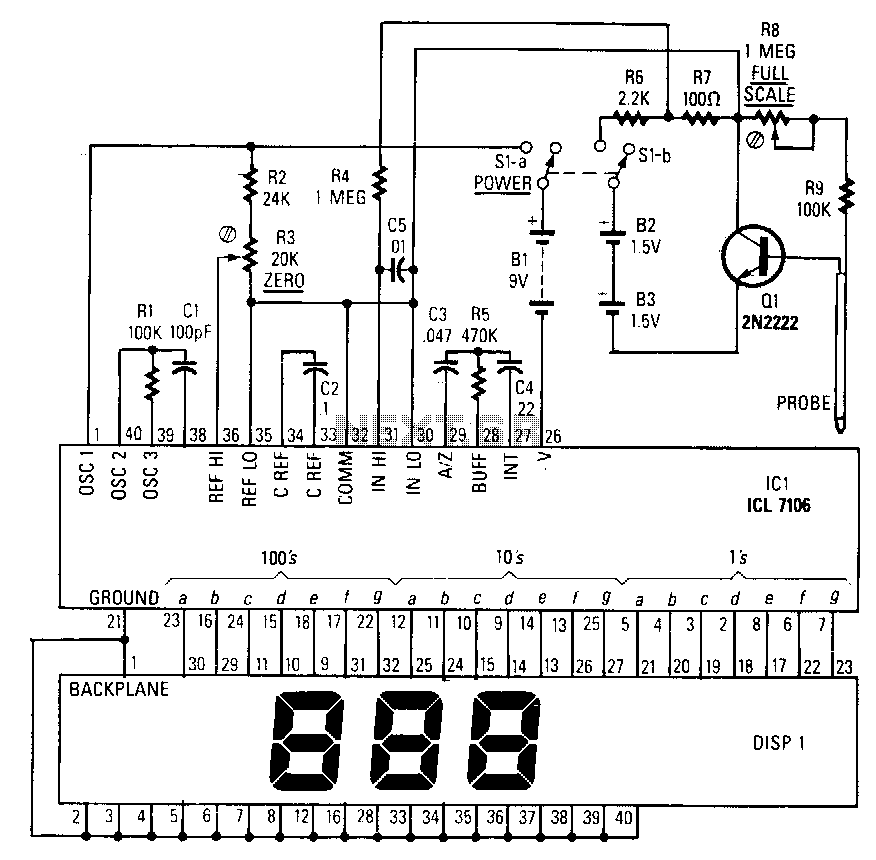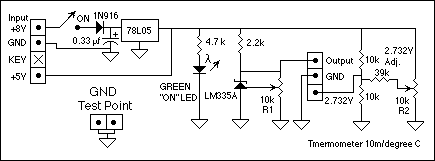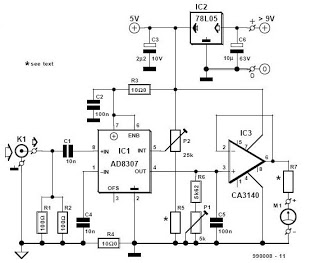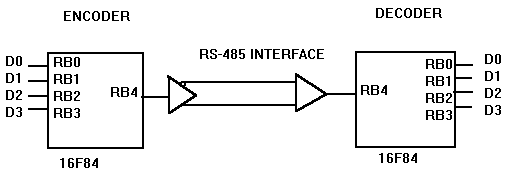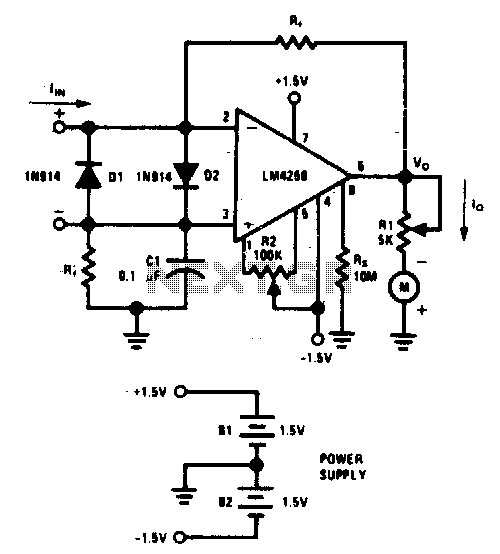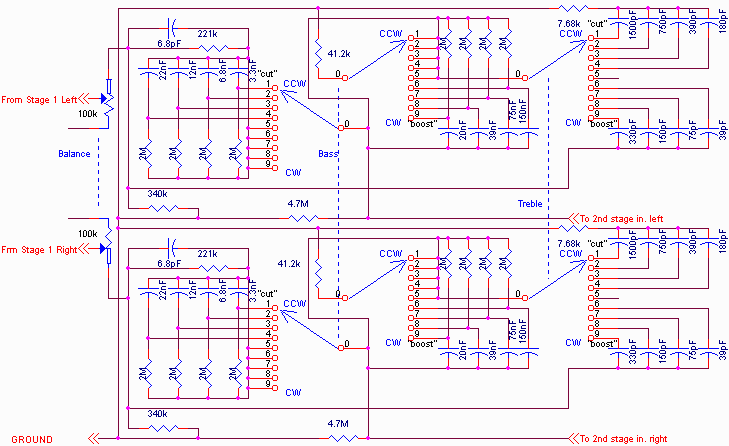
RF based Automatic meter reading
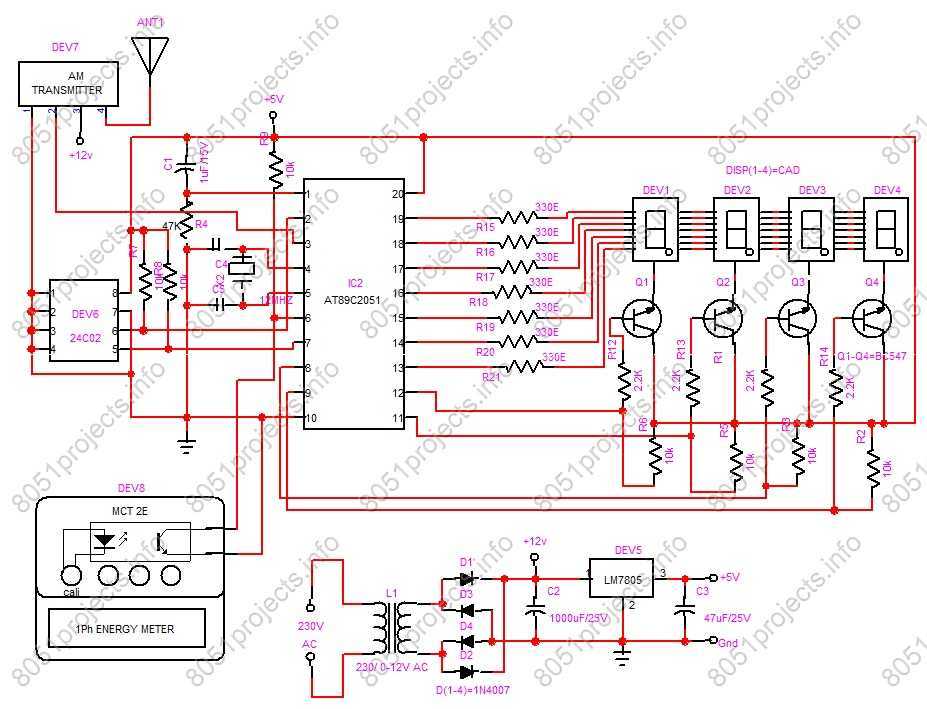
RF based Automatic meter reading, or AMR, is the technology of automatically collecting data from energy meter and transferring that data to a central database for billing and/or analyzing. This means that billing can be based on actual consumption rather than on an estimate based on previous consumption, giving customers better control of their use of electric energy. More: The Transmitter is connected to the meter and it counts the pulses from it and displays it over the LED display. It also transmit the data over RF. The datas are also stored in the EEPROM. At the receiver end the data is received by an receiver mo
The RF-based Automatic Meter Reading (AMR) system consists of two main components: a transmitter unit connected to the energy meter and a receiver unit that collects data for processing and analysis.
The transmitter unit is designed to interface directly with the energy meter, capturing pulse outputs that correspond to energy consumption. This unit typically includes a microcontroller that processes the pulses, calculates energy usage, and manages data transmission. The microcontroller is programmed to count the pulses from the energy meter and convert this information into a readable format, which is then displayed on an LED display.
Data transmission is accomplished via radio frequency (RF) communication, which allows for wireless data transfer to the receiver unit. The transmitter unit modulates the data into RF signals, ensuring reliable and efficient communication over varying distances. Additionally, the unit incorporates an EEPROM (Electrically Erasable Programmable Read-Only Memory) for data storage, allowing it to retain consumption data even in the event of power loss.
On the receiving end, the receiver unit is equipped with an RF receiver module that demodulates the incoming signals back into digital data. This unit typically includes another microcontroller that processes the received data, storing it in a local database for further analysis and billing purposes. The receiver may also be connected to a central server or cloud-based system, enabling real-time access to consumption data for both utilities and customers.
The entire system is designed to enhance the efficiency of energy management by providing accurate, real-time consumption data, thereby facilitating better billing practices and empowering consumers with insights into their energy usage patterns. The implementation of such a system not only streamlines the billing process but also promotes energy conservation by encouraging users to monitor and adjust their consumption behaviors.RF based Automatic meter reading, or AMR, is the technology of automatically collecting data from energy meter and transferring that data to a central database for billing and/or analyzing. This means that billing can be based on actual consumption rather than on an estimate based on previous consumption, giving customers better control of their use of electric energy.
The Transmitter is connected to the meter and it counts the pulses from it and displays it over the LED display. It also transmit the data over RF. The datas are also stored in the EEPROM. At the receiver end the data is received by an receiver mo 🔗 External reference
The RF-based Automatic Meter Reading (AMR) system consists of two main components: a transmitter unit connected to the energy meter and a receiver unit that collects data for processing and analysis.
The transmitter unit is designed to interface directly with the energy meter, capturing pulse outputs that correspond to energy consumption. This unit typically includes a microcontroller that processes the pulses, calculates energy usage, and manages data transmission. The microcontroller is programmed to count the pulses from the energy meter and convert this information into a readable format, which is then displayed on an LED display.
Data transmission is accomplished via radio frequency (RF) communication, which allows for wireless data transfer to the receiver unit. The transmitter unit modulates the data into RF signals, ensuring reliable and efficient communication over varying distances. Additionally, the unit incorporates an EEPROM (Electrically Erasable Programmable Read-Only Memory) for data storage, allowing it to retain consumption data even in the event of power loss.
On the receiving end, the receiver unit is equipped with an RF receiver module that demodulates the incoming signals back into digital data. This unit typically includes another microcontroller that processes the received data, storing it in a local database for further analysis and billing purposes. The receiver may also be connected to a central server or cloud-based system, enabling real-time access to consumption data for both utilities and customers.
The entire system is designed to enhance the efficiency of energy management by providing accurate, real-time consumption data, thereby facilitating better billing practices and empowering consumers with insights into their energy usage patterns. The implementation of such a system not only streamlines the billing process but also promotes energy conservation by encouraging users to monitor and adjust their consumption behaviors.RF based Automatic meter reading, or AMR, is the technology of automatically collecting data from energy meter and transferring that data to a central database for billing and/or analyzing. This means that billing can be based on actual consumption rather than on an estimate based on previous consumption, giving customers better control of their use of electric energy.
The Transmitter is connected to the meter and it counts the pulses from it and displays it over the LED display. It also transmit the data over RF. The datas are also stored in the EEPROM. At the receiver end the data is received by an receiver mo 🔗 External reference
Warning: include(partials/cookie-banner.php): Failed to open stream: Permission denied in /var/www/html/nextgr/view-circuit.php on line 713
Warning: include(): Failed opening 'partials/cookie-banner.php' for inclusion (include_path='.:/usr/share/php') in /var/www/html/nextgr/view-circuit.php on line 713
